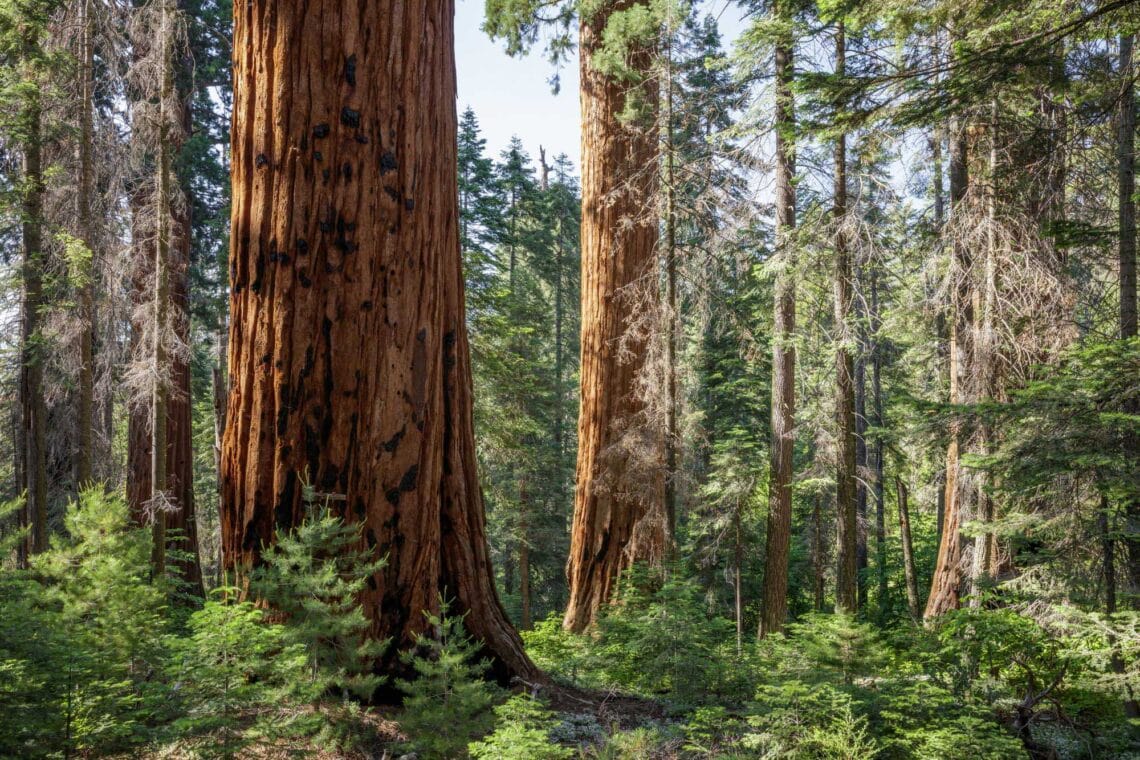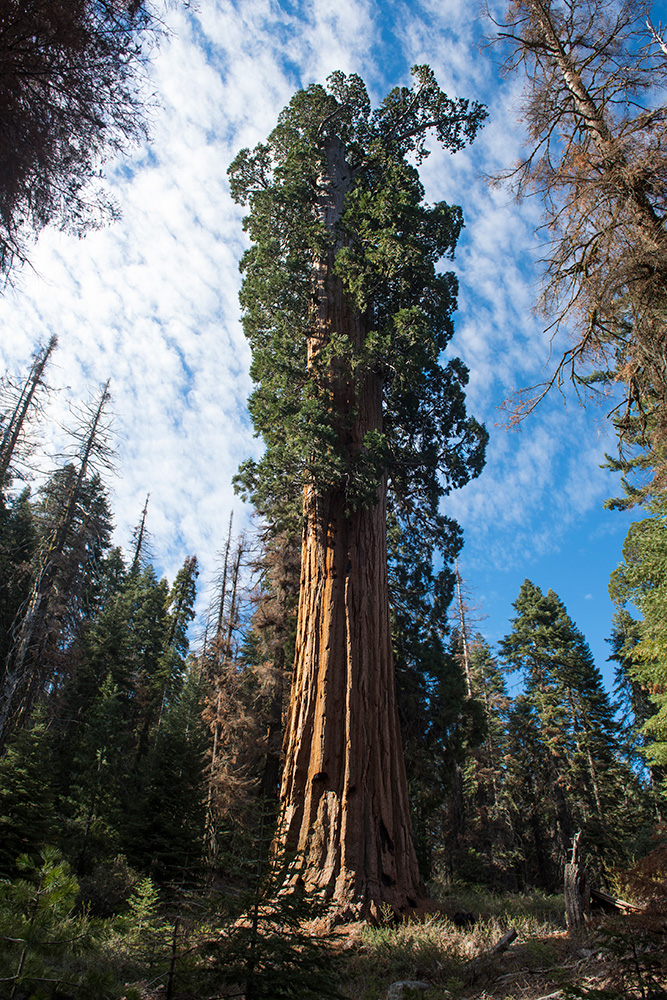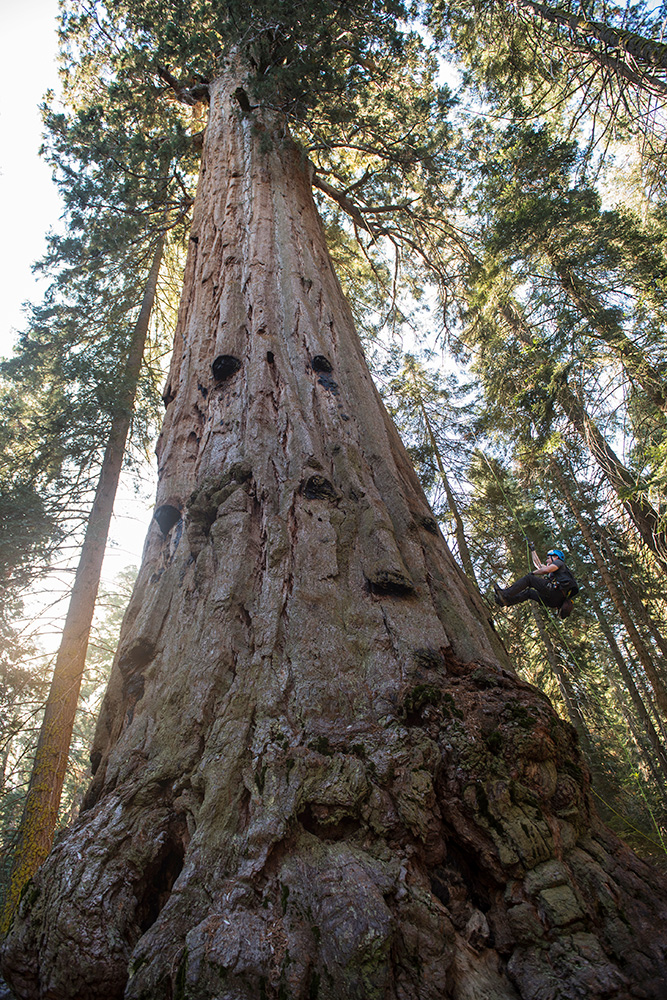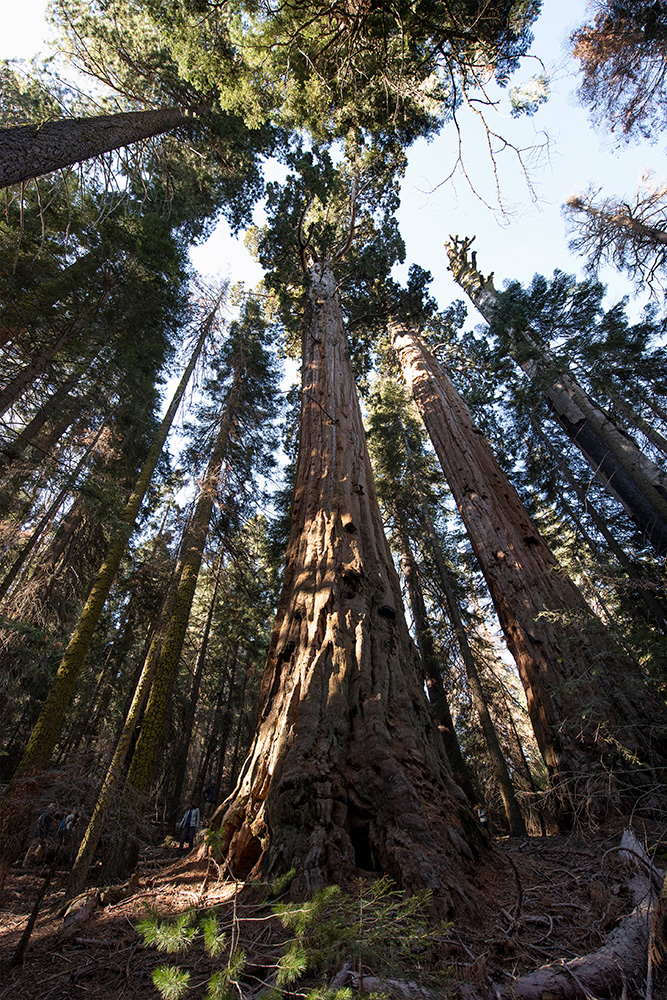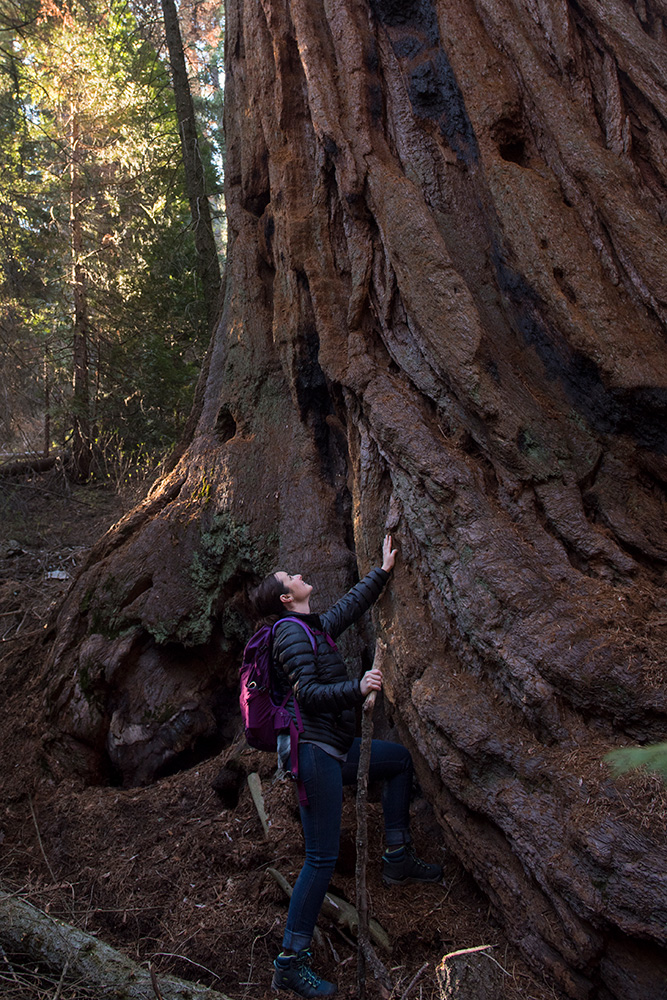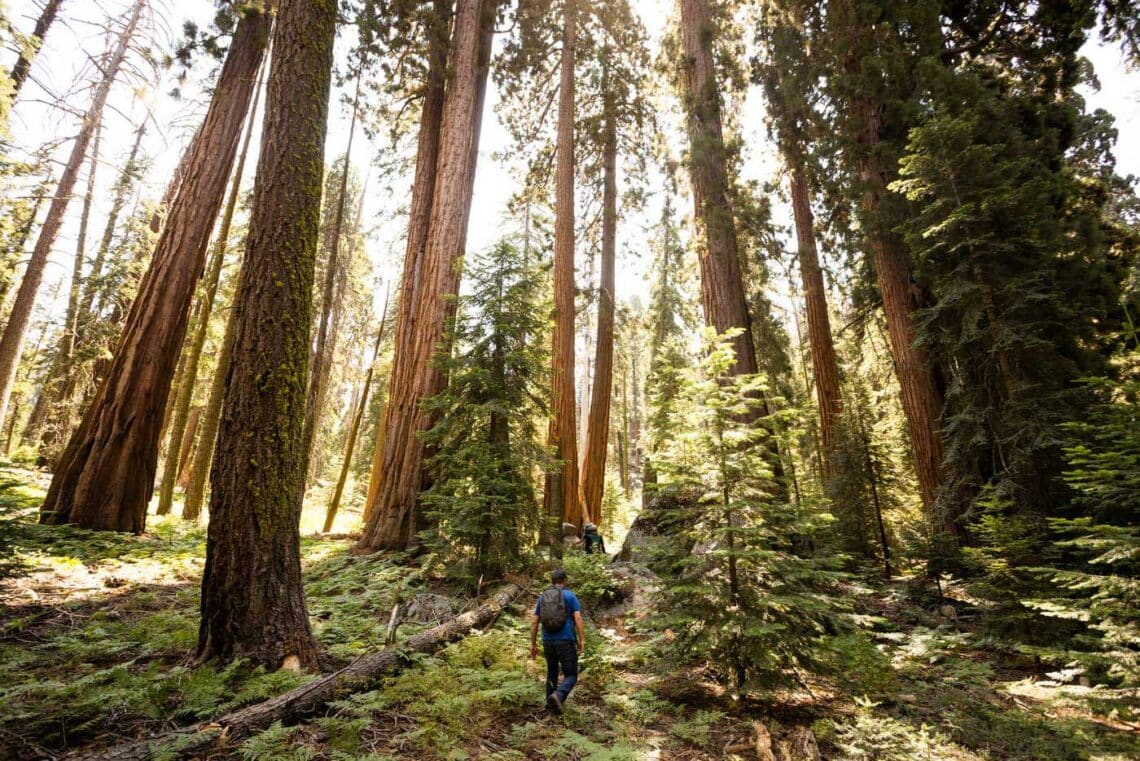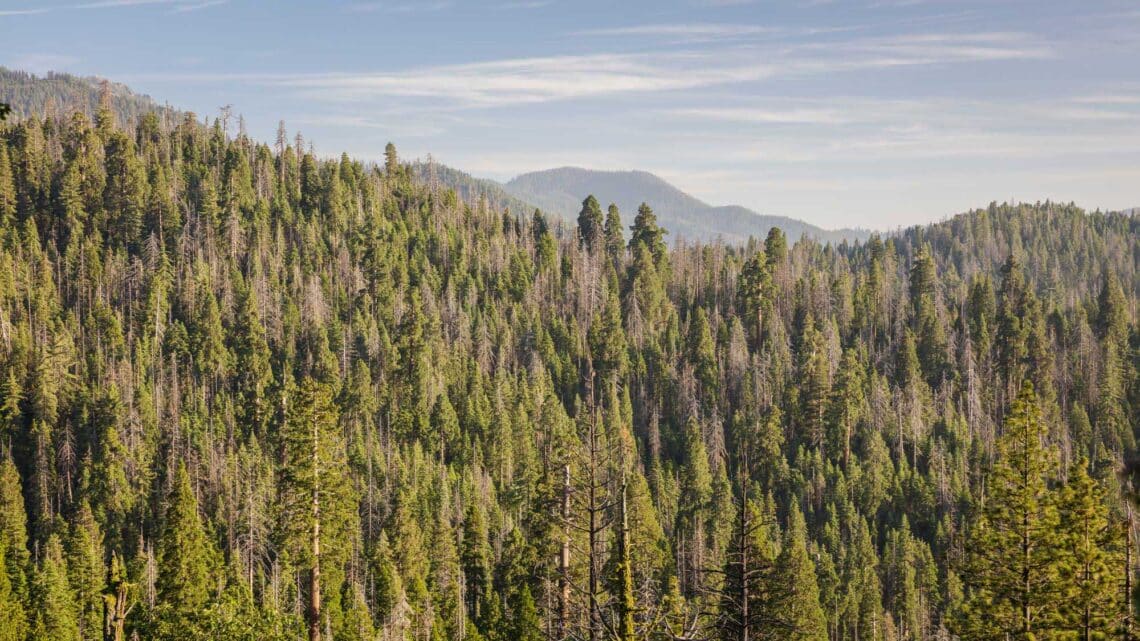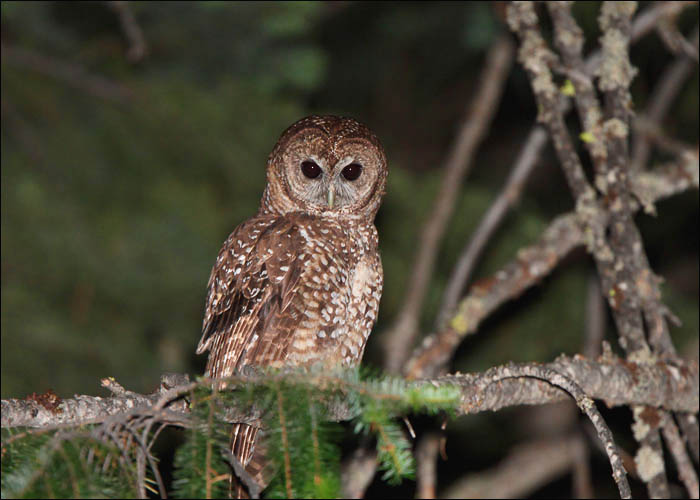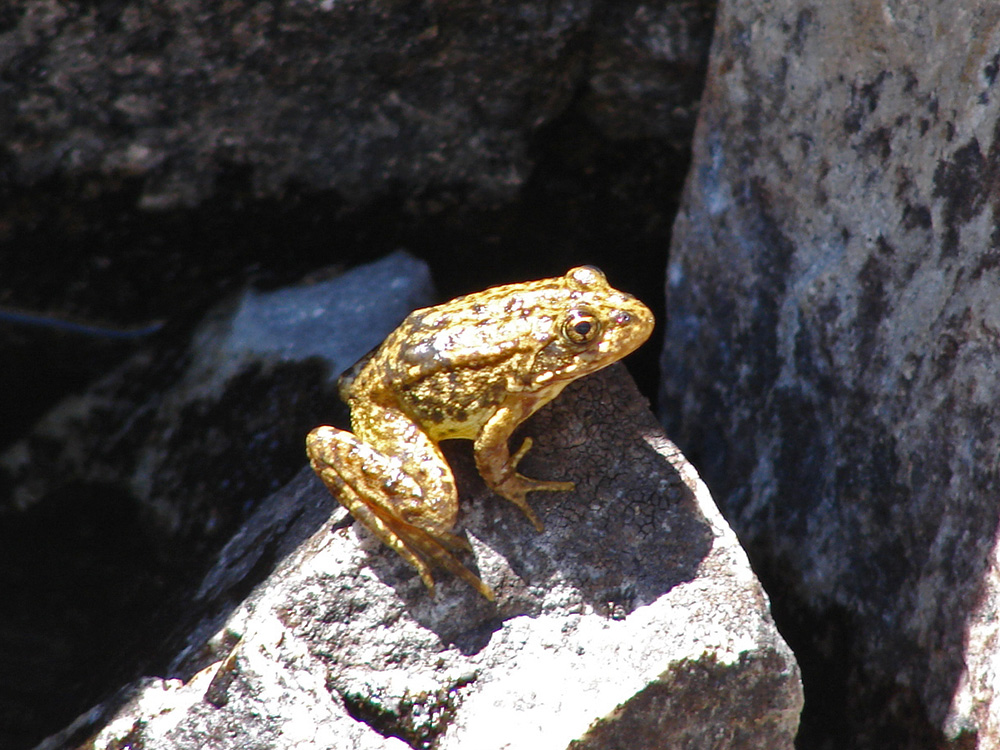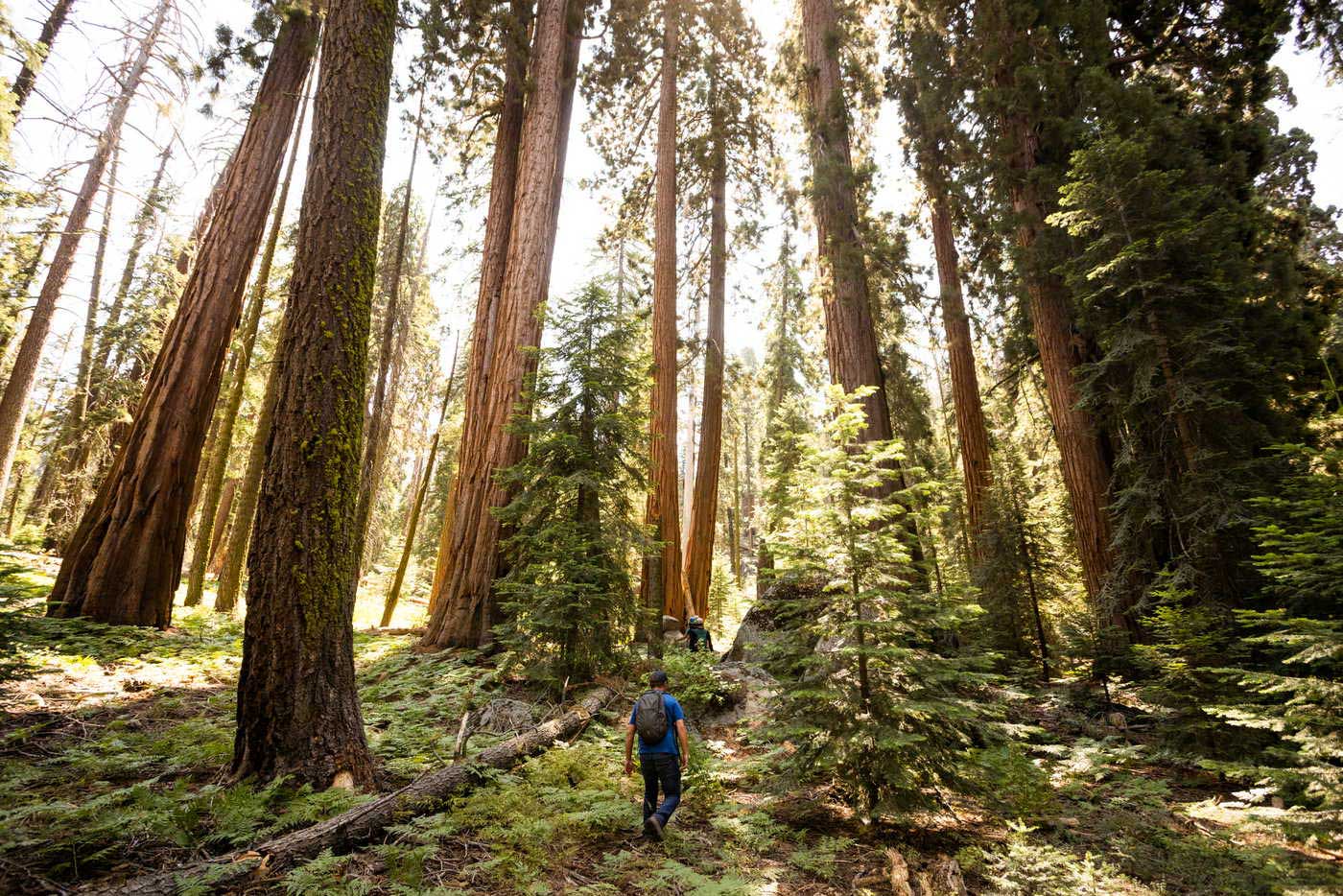
A hidden world lies about a four-hour drive northeast of metropolitan Los Angeles, a world of ancient giant sequoias so immense and majestic that they take your breath away. This is Red Hill, a 160-acre property that contains 110 magnificent ancient giant sequoia. This forest was one of the world’s last unprotected giant sequoia properties. Now, thanks to our dedicated donors and partners, Save the Redwoods League has purchased Red Hill and transferred it to the USDA Forest Service to ensure that it is permanently protected as part of the Giant Sequoia National Monument.
“Red Hill is one of the great natural gems of the Sierra Nevada,” said Sam Hodder, president and CEO of Save the Redwoods League. “We’re thankful to the many individuals and foundation partners who care passionately about sequoias and donated to help us protect this important grove. This is a project of tremendous significance, bringing us closer to fulfilling the League’s Centennial Vision to protect the remaining viable old-growth giant sequoia and coast redwood forests.”
Red Hill experienced high-intensity wildfire during the 2021 Windy Fire, and more than a dozen of its giant sequoias perished. Learn more about our work to reduce these types of threats to giant sequoias.
At 328,000 acres, the national monument is a scenic, recreational and scientific treasure of incalculable value, and a key component in the long-term conservation strategy for all giant sequoia and the suite of associated imperiled species that coexist with them.
Photo Gallery
Click or swipe to view additional photos
Newsroom
Porterville Recorder:
Save The Redwoods League transferring management of Red Hill to forest service
January 2023
Press Releases
- January 4, 2023 — Save the Redwoods League and USDA Forest Service Strengthen Protections for Red Hill Grove of Giant Sequoias
- June 26, 2018 — Save the Redwoods League Acquires One of the Last and Largest Remaining Unprotected Giant Sequoia Groves in the World
- May 17, 2018 — Save the Redwoods League Has Secured the Opportunity to Protect One of the World’s Last Privately Owned Giant Sequoia Forests
— For media inquiries, contact Robin Carr at (415) 766-0927 or Redwoods@LandisPR.com.
To access hi-res images, b-roll or drone footage, please visit our media resources. —
Tags: 2018, 2023, giant sequoia, Giant Sequoia National Monument, land acquisition, land deals, Land Project, land transfer, Protect, Red Hill, Sequoia National Forest, USDA Forest Service

